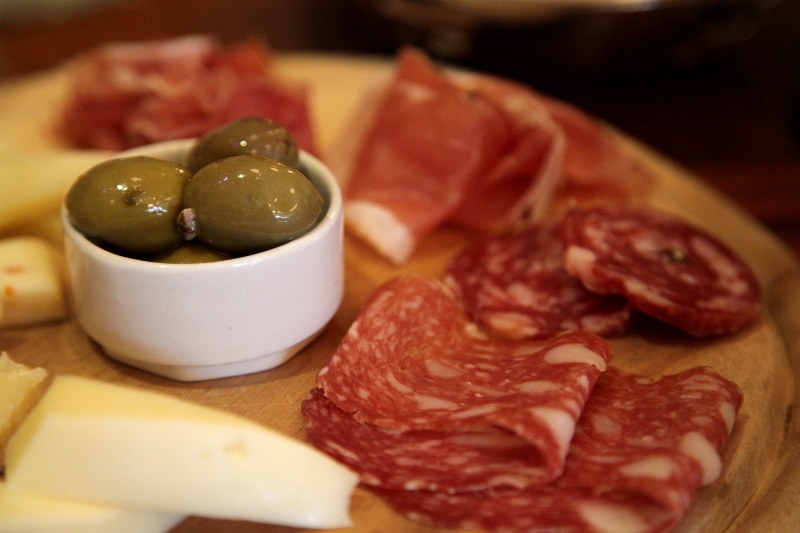Just south of the Liffey, North of Dame Street, West of Trinity College, and East of Fishamble Street is Temple Bar. This area has roots that go as far back as Viking times; and, while the rest of the city has shifted and reshaped over time, this one particular bubble still retains its cobblestone medieval street structure.
There is a lot of debate over where the Temple Bar name comes from. Some say it is named such because the streets once housed the residence of Sir William Temple (1600s); others say the naming structure is copied from streets in London (this theory points to the Essex Street, Fleet Street and Temple Bar London combo); and, others argue that the area is named for the Knights Templar as is evidenced by the shape of the streets, which all lead to a round church — in typical Templar style.
Either way, locals have very mixed feeling about the area and how the property management company who owns the buildings are developing the historical district.
“Temple Bar is the biggest tourist scam. The food is substandard, overpriced, and not representative of the foodie culture in Dublin.”
This comes from a Dubliner and for the most part, I generally listen to locals when they’re describing their own food scene. However, in this case, I actually have to disagree. Sure, Temple Bar is difficult to find a place to eat without a reservation, is constantly full of people, and is overrun with gaudy tourist-focused-pubs, but in our experience, the food we found here pretty darn good. In fact, this was one of the only places in Ireland where we got a break from Irish breakfasts, sausage and mash, fish and chips, and meat/fish/potato combo that are so prevalent everywhere else.
The oldest pub in Dublin, the Brazen Head, is located just outside of Temple Bar and near the original bridge of Dublin. The battle for the oldest pub in Ireland has long been debated and is big business. Sean’s Bar in Athlone is currently thought to be the oldest pub in Ireland (and Europe).
